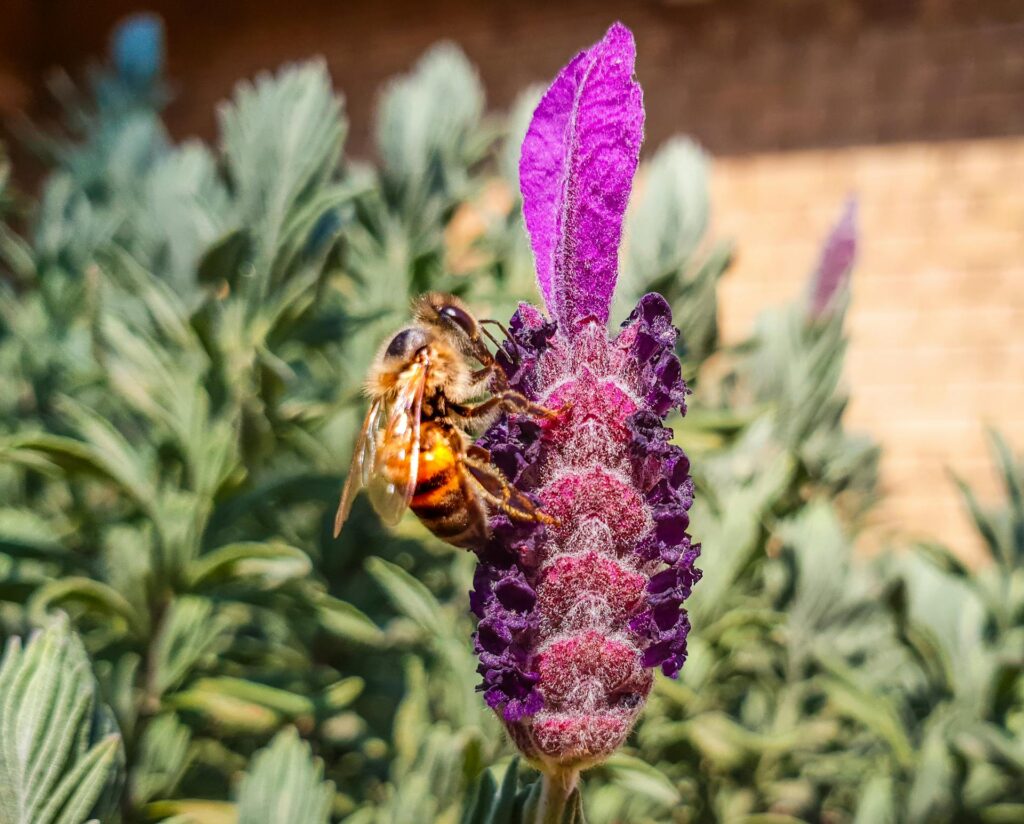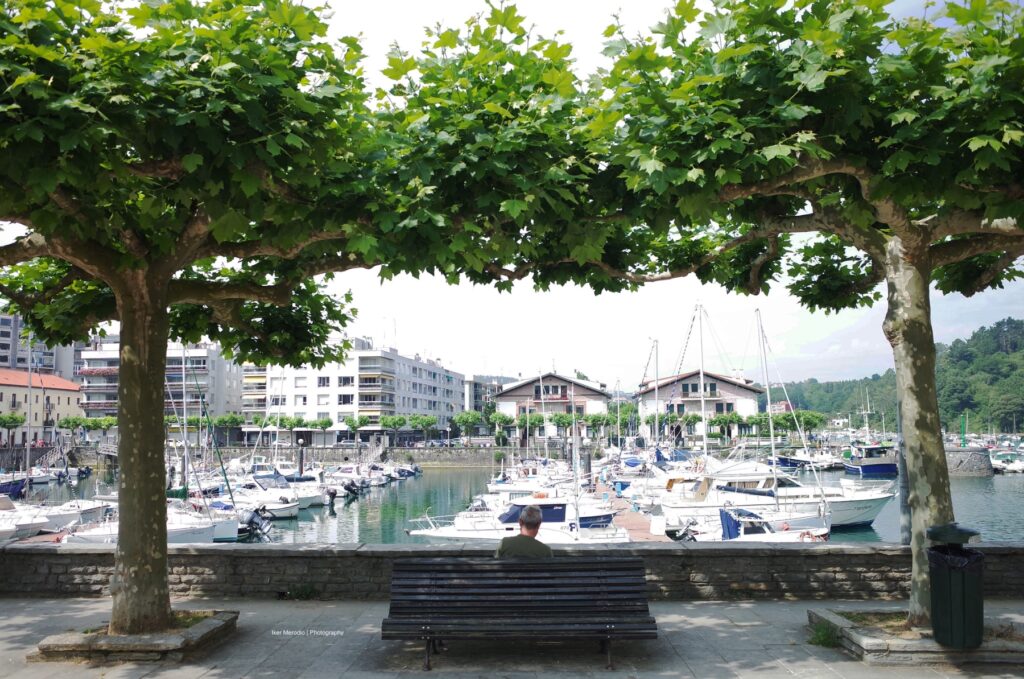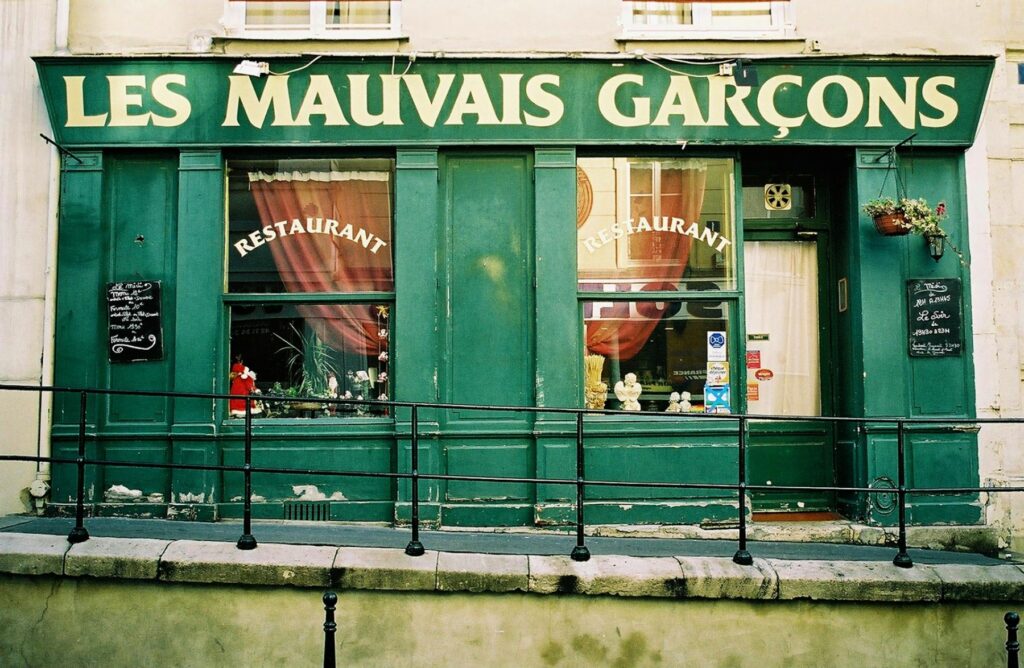In Provence, France, beyond soap, perfume, wine, and essential oils, lavender contributes to other industries such as lavender honey production, where bees create a distinctive honey from lavender nectar, and the crafting of scented sachets and fuseaux (dried lavender wands) for household use.
The Flourishing Lavender Honey Industry in France
France, particularly the Provence region, is renowned for its picturesque lavender fields that stretch across the landscape, creating a purple sea under the Mediterranean sun. Among the many treasures derived from these fields, lavender honey stands out as a delicacy that embodies the essence of this region. This unique monofloral honey, produced by bees foraging on lavender blossoms, has carved a niche in both local and international markets, reflecting a blend of tradition, sustainability, and innovation. The lavender honey industry in France is a testament to the country’s commitment to preserving its natural heritage while adapting to modern demands.
The Origins and Production of Lavender Honey
Lavender honey production is deeply rooted in Provence, where the climate and soil are ideal for lavender cultivation. The process begins in late June to early August when lavender flowers are in full bloom. Beekeepers, often operating on the Valensole Plateau and in the Alpes de Haute Provence, strategically place their hives near these fields. Bees collect nectar from the lavender flowers, transforming it into a light-colored honey with a delicate, fruity flavor and a subtle floral aroma. Unlike other honeys, lavender honey is cold-extracted to preserve its nutritional value and unique taste, a practice that highlights the artisanal nature of the industry.
The production process is meticulous. After harvesting, the honey is filtered and decanted, allowing impurities to settle before it is packaged. This careful method ensures that lavender honey retains its characteristic pale hue, which whitens slightly as it crystallizes. The industry adheres to strict standards, with some producers earning the prestigious Red Label, a mark of quality for Provençal honeys. This commitment to excellence has helped lavender honey gain recognition as a premium product.
Economic Impact and Market Growth
The lavender honey industry contributes significantly to France’s economy, particularly in rural Provence. With over 300 professional beekeepers managing at least 150 hives each, the region produces approximately 2,000 tons of honey annually, accounting for 8% of France’s national honey output. The industry supports local employment and promotes agritourism, as visitors flock to lavender fields for tours and festivals, boosting related businesses.
Recent developments indicate a promising future for lavender honey. Market analyses suggest that France’s honey market, including lavender honey, is projected to reach a revenue of US$ 327.3 million by 2030, growing at a compound annual growth rate of 3.5% from 2024 to 2030. This growth is driven by increasing consumer demand for organic and sustainably sourced products. Lavender honey, with its natural health benefits—such as antiseptic and anti-inflammatory properties—aligns perfectly with this trend, appealing to health-conscious consumers worldwide.
Challenges Facing the Industry
Despite its success, the lavender honey business model faces several challenges. The health of bee populations is a growing concern, with threats from pesticides, climate change, and habitat loss impacting pollination. Beekeepers are responding with sustainable practices, such as organic certification and natural hive treatments, to protect their colonies. Additionally, the industry contends with honey adulteration scandals, which have made European buyers wary of low-priced imports. French producers counter this by emphasizing the authenticity and traceability of their lavender honey, often showcasing their methods to build consumer trust.
Another challenge is the fluctuation in lavender yields due to weather variability. Droughts or excessive rain can disrupt flowering, affecting honey production. To mitigate this, some beekeepers practice transhumance, moving hives to different regions to ensure a consistent nectar supply. These adaptive strategies underscore the resilience of the lavender honey industry.
Innovation and Diversification
Innovation is propelling the lavender honey industry forward. Beyond traditional honey jars, producers are diversifying into value-added products. Lavender honey is now featured in gourmet items like nougats, candies, gingerbread, and even liqueurs, expanding its market reach. Culinary uses have also grown, with chefs incorporating it into desserts, glazes, and teas, enhancing its appeal in both home kitchens and high-end restaurants.
Agritourism is another area of growth. Farms like Apior on the Valensole Plateau offer workshops where visitors can learn about lavender honey production and sample related delicacies. This not only educates the public but also provides an additional revenue stream for beekeepers. Online platforms and specialty food retailers have further globalized access to lavender honey, with brands like L’Abeille Occitane gaining international acclaim for their award-winning varieties.
Cultural Significance and Future Prospects
Lavender honey is more than an economic product; it is a cultural icon of Provence. It evokes the region’s heritage, from ancient beekeeping traditions using hollow tree trunks to modern hive management. The honey’s subtle flavor and creamy texture are celebrated as a taste of summer, often gifted as a souvenir by tourists. This cultural connection strengthens its market position, as consumers seek authentic experiences.
Looking ahead, the lavender business model is poised for continued growth, provided it addresses environmental and market challenges. Investments in beekeeping infrastructure and research, such as the European Commission’s Horizon 2020 B-GOOD project, aim to enhance bee health and honey quality. As global demand for natural products rises, lavender honey’s unique profile positions it as a leader in France’s honey market.
Notes
The lavender business in France is a vibrant blend of tradition and innovation, deeply tied to the lavender fields of Provence. With its economic contributions, cultural significance, and adaptive strategies, it continues to thrive, offering a sweet taste of France to the world. For more information on visiting lavender fields or purchasing lavender honey, explore resources like Provence-Alpes-Côte d’Azur Tourism or L’Abeille Occitane










